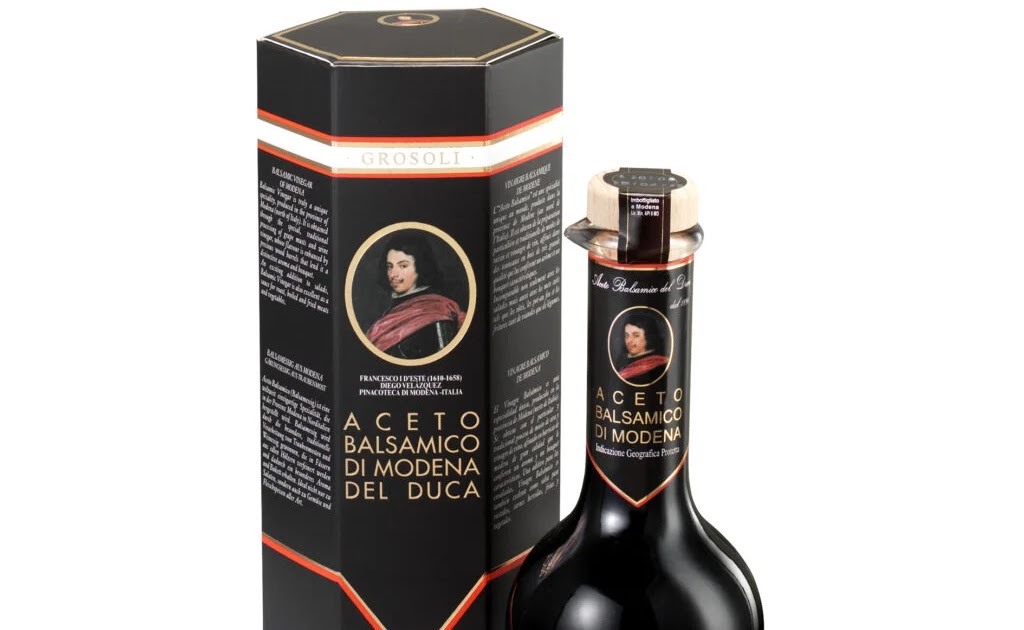 |
| The Duke’s Aceto Balsamico di Modena … |
Over the years, The IPKat has reported on the growing body of case law issued by Italian courts concerning the extent to which the Italian Cultural Heritage Code (ICHC) prevents the use of assets belonging to the rich Italian cultural heritage without securing the prior authorization of competent administrative authorities.
The ICHC does indeed set forth the general principle according to which for-profit uses of cultural heritage under the responsibility of Italian public administration are subjected to a requirement of preventive authorization. Articles 107 and 108 therein provide that the public administration may allow third-party uses of an object – including an artwork – belonging to Italian cultural heritage, subject to the payment of royalties to be determined on the basis of – among other things – the type of use requested and the possible economic gain that the user would obtain from the use of that object.
This said, authorization is not required in each and every case. Article 108(3-bis) clarifies that non-profit uses of cultural heritage items for purposes of study, research, freedom of expression or creative expression, and promotion of the knowledge of cultural heritage do not require authorization.
Let’s see what happened.
Background
In 2018, the Italian Ministry of Culture successfully sued an Aceto Balsamico di Modena producer before the Court of First Instance of Bologna for using the image of Duca d’Este on its products.
 |
| … and the Duca d’Este himself |
The Ministry invoked the application of the ICHC, which – as explained above – mandates the prior authorization of the competent administration for commercial uses of assets classified to belong to the Italian cultural heritage.
The Court of First Instance awarded damages for over EUR 22,000 for each year in which the image of Duca d’Este had been used by the vinegar maker without a licence.
The vinegar maker appealed, also challenging the very lawfulness of the ICHC, on grounds that it would de facto establish a “sui generis copyright, with unlimited duration”, which would be contrary not only to basic principles of copyright law but also the Italian Constitution and its guarantee of freedom to conduct a business and promotion of culture. Such a ‘right’ of the Italian public administration would also unduly discriminate between the protection of public and private artistic heritage.
Cultural heritage assets enjoy (perpetual) image rights
The requirement that an authorization is needed for a commercial use of a cultural heritage asset is justified in light of the principle according to which these goods, once exploited for for-profit reasons, would lose their value as recognized and protected by law. As such, lacking an authorization, any commercial use would be unlawful and cause a damage for which compensation could be sought by the Ministry.
As such, any claim that the ICHC would be in contrast with basic IP principles would be groundless. Equally groundless would be the claim of contrariety to constitutional principles, given that the Code directly implements the mandate under the aforementioned Article 9.
Last but not least, the Bologna Court confirmed that no distinction should be drawn between the physical good (the painting) and the immaterial asset (the portrait of Duca d’Este) given that the ICHC applies to both and the concept of ‘reproduction’ therein must be interpreted broadly.
As to the damages, the Court of Appeal found the determination of the lower court appropriate.
Comment
As mentioned, Italian courts appear to agree on an expansive reading of the ICHC provisions. Following the Florence (and Venice) line of cases, the confirmation in this latest decision that the ICHC provisions would confer some sort of perpetual image right pushes things even one step further.
In all this, one thing seems clear: those seeking to use images of Italian cultural heritage assets in commercial contexts should be wary of doing so without authorization. If litigation is brought – at least in Italy – the courts’ front (no matter whether in Florence, Venice or Bologna) seems to be fairly united: no (for-profit) use without prior authorization.
